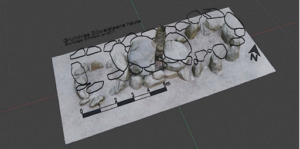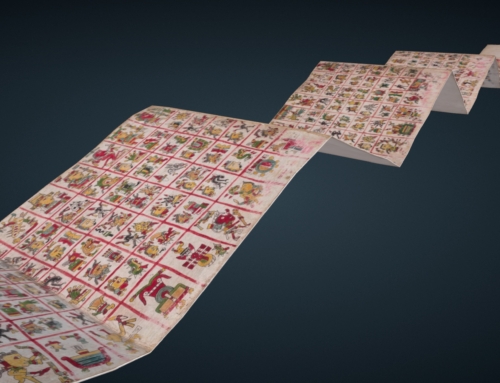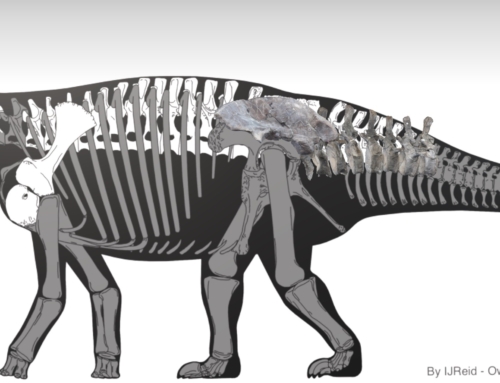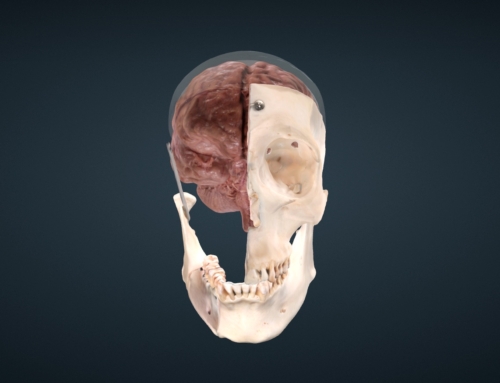Megalithgrab “Teufelssteine” bei Heiden, Westfalen

The Düwelsteene megalithic passage grave stands as one of the southwesternmost remnants of the Funnel Beaker culture, offering a glimpse into the ancient past of early modern Poland and Central Europe. Dating back to approximately 3300 BC to 2600 BC, ceramic finds and radiocarbon dating of a skull fragment have provided crucial insights into the usage of this tomb.
Excavations and restoration efforts have played significant roles in uncovering the secrets of the Düwelsteene. In the 18th century, Jodocus Hermann Nünning likely conducted some of the earliest excavations and scientific investigations at the site, although the extent of his involvement remains unclear. Subsequent excavations in the 1920s, led by the Borken local history association, yielded valuable finds but lacked scientific rigour.
In 1932, under the supervision of August Stieren, head of the prehistory and early history department at the Münster State Museum, the tomb underwent restoration. While this intervention aimed to preserve and reconstruct the grave according to contemporary understanding, it posed challenges due to the lack of documentation and measurement data before the restoration.
In recent years, advancements in technology have enabled digital reconstructions of the Düwelsteene. A citizen science project conducted by the LWL (Landschaftsverband Westfalen-Lippe) allowed for the creation of a digital reconstruction, combining 3D measurements and historical photographs of the site. This digital model offers insights into the original configuration of the grave before the 1932 restoration.
Legends surrounding the Düwelsteene, such as its name’s association with the devil and the belief in the impossibility of counting or removing stones from the tomb, add layers of intrigue to its history. While these stories may be steeped in folklore, they reflect the enduring fascination and mystery surrounding megalithic tombs like the Düwelsteene. The author of this edition – Louise Tharandt, hopes to use the Pure3D infrastructure to show the changes of the megalithic tomb over time, its history, especially the restoration in 1932 as well as the workflow and techniques used to create an archaeological reconstruction.
To find out more about the project, see: https://3duewelsteene.github.io/
3D Scholarly Edition Author: Louise Tharandt
Louise Tharandt






